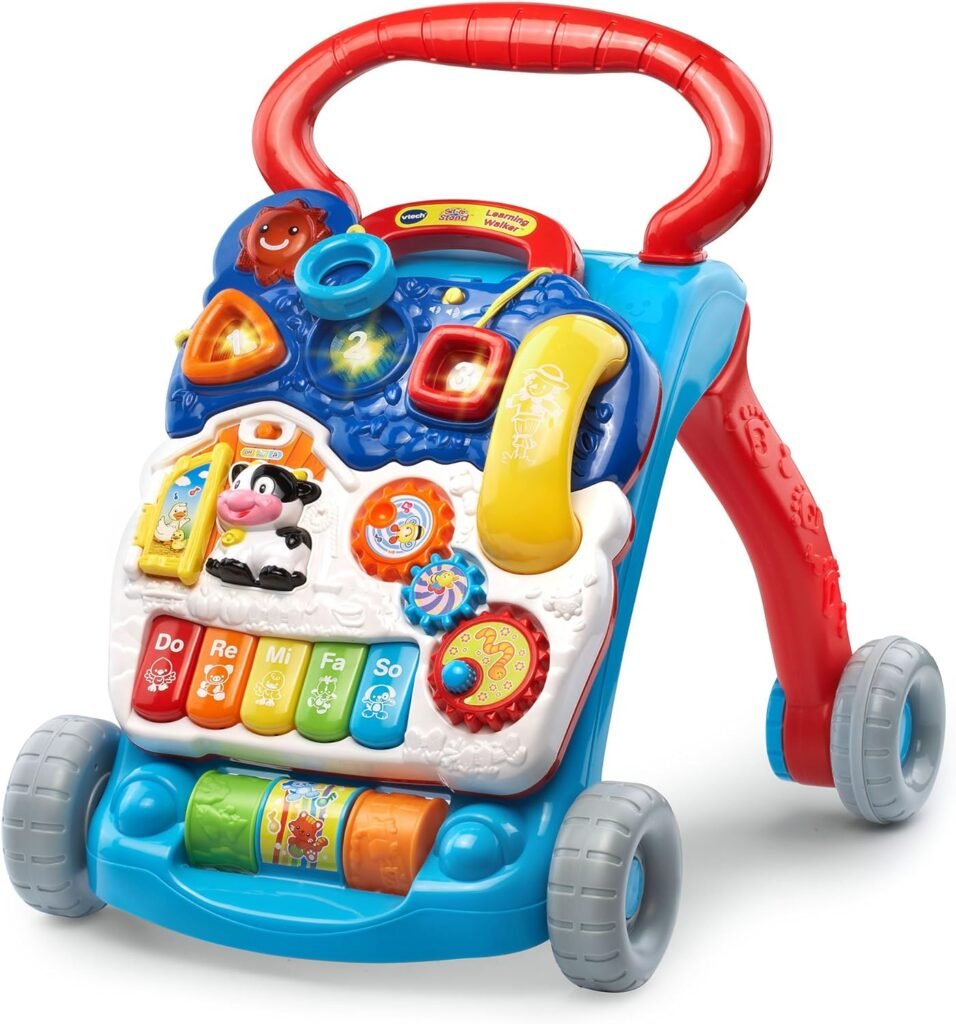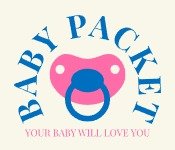The perfect toy is one that doesn’t look strictly to fun and games for your baby’s entertainment; it is also vital for development. Your baby grows from one stage into the other, with different interests, and their needs grow in place with them, which an appropriately aged toy would tend to stimulate through the senses, movement, and creative capability. Whether it’s a rattle to delight a newborn, a stacking toy to intrigue the curious crawler, or a shape sorter to challenge the problem-solver in training, the right toy can make all the difference. Designed with parents in mind, this guide cuts through the noise with expert advice and recommendations perfect for each age and each milestone. Let’s dive into the ultimate guide to choosing baby toys by age, ensuring that every moment of playtime is as enriching as it is delightful!
Understanding Baby Development Stages: Why Age-Appropriate Baby Toys Matter

Understanding your baby’s developmental stages is key to choosing toys that not only entertain but also support their growth and learning. Babies grow rapidly, and each stage of development brings new skills, interests, and needs. Age-appropriate toys help stimulate their senses, strengthen motor skills, and foster problem-solving abilities, all while keeping them safe and engaged. From soothing, sensory toys for newborns to interactive options for toddlers, finding the right toy can make playtime both enjoyable and constructive. This section looks at why choosing a toy that caters to the age of your baby is important for his or her all-round development.
Newborn to 3 Months: Toys for Sensory Exploration
During the first three months, the only world of a baby includes the exploration of his sensory perceptions. His vision improves during this stage, hence he is interested in high-contrast patterns and bright colors. Very soft textures, soothing sounds, or safe, lightweight toys tend to catch his attention and develop his senses effectively. Rattles, black and white picture cards, or crinkly fabric will be great options for observing his sight, hearing, or touch. This is also the best stage to introduce tummy-time toys, which would help strengthen their neck and upper body muscles. With toys designed for sensory exploration, this critical stage can be made stimulating and enjoyable for your little one.
4 to 6 Months: Stimulating Movement and Curiosity
Between 4-6 months, babies develop much better control over their movements and a growing curiosity regarding everything that surrounds them. That is the time to encourage them to reach, grab, and explore. Colorful teething rings, soft plush rattles, and activity mats with hanging toys are just the things for stimulating hand-eye coordination and fine motor pre-skills. At this age, babies also like toys that make a sound or light up when touched. This triggers their curiosity and helps them learn cause and effect. By choosing toys that invite movement and interaction, you can support your baby’s growing confidence and developmental milestones.
7 to 9 Months: Toys That Encourage Crawling and Grasping
From 7 to 9 months, infants are becoming more mobile, and their curiosity is wondrous to behold. Of course, this is a thrilling time to introduce toys specifically aimed at encouraging crawling and grasping. Rolling toys, such as soft balls or push-and-go cars, inspire them to move. Stacking rings, nesting cups, and textured blocks help develop their grasp and fine motor skills while providing hours of hands-on fun. Besides all that, interactive toys make things more interesting as buttons press, doors open, and sounds come forth-creating an even greater drive towards discovery. Such games help not only to amuse your baby but also provide the necessary strength and coordination, thus setting up another next level of development in kids.
10 to 12 Months: Building Skills with Interactive Play
Between 10 and 12 months, babies are actually moving fast from crawling to standing and even taking their first steps. At this stage, toys for interactive play are perfect for developing cognitive, motor, and social skills. Push toys and walkers help to strengthen the legs and balance of your baby, while shape sorters and stacking toys enhance problem-solving abilities. Instruments such as tambourines and keyboards introduce rhythm and sound exploration, spurring creativity. Interactive books with textures, flaps, or buttons to press challenge their curiosity and fine motor movements. You can support the development of your baby by choosing such toys for exploration and interactive learning, making playtime fun and enriching.
Safety Tips for Baby Toys: What Every Parent Should Know
Safety should always be a top priority when choosing toys for your baby. Babies are naturally curious, and they explore the world through touching, tasting, and moving. That is why it is very important to make sure their toys are hazard-free. Always check for age-appropriate labels to avoid toys with small parts that could pose a choking risk. Look for non-toxic, BPA-free materials, especially for teething toys. Avoid toys with sharp edges or loose parts and check them regularly for breakage. Choose toys with sturdy constructions that will resist chewing, dropping, and pulling. By following these safety tips, you can provide your baby with a fun and safe play environment.
Choosing Quality Over Quantity: Investing in the Right Toys
When it comes to baby toys, quality should always take precedence over quantity. Instead of purchasing numerous toys, focus on selecting a few high-quality, versatile options that promote your baby’s development. Durable, well-made toys last longer and withstand the rigors of daily play, making them a better investment in the long run. Look for toys that grow with your baby and offer opportunities for learning at different stages, such as multi-purpose activity centers or toys that encourage problem-solving. By prioritizing quality, you’ll provide your baby with safer, more engaging, and developmentally appropriate playtime experiences, all while reducing clutter and waste.
Conclusion
Picking up the right toys for your baby goes beyond just keeping him amused; it’s a way to help him in his growth and development at each milestone. From the exploration of senses during the first months to active playing nearing their first steps, each toy is designed for a different purpose in stimulating curiosity, developing motor skills, and creating learning. You ensure a supportive environment for the developmental milestones of your baby by selecting age-appropriate, safe, and quality toys. Remember, less is often more-investing in a few well-chosen toys can make all the difference in your baby’s playtime experience. With thoughtful selections, you’re not only providing fun but also setting the foundation for their future learning and growth.











